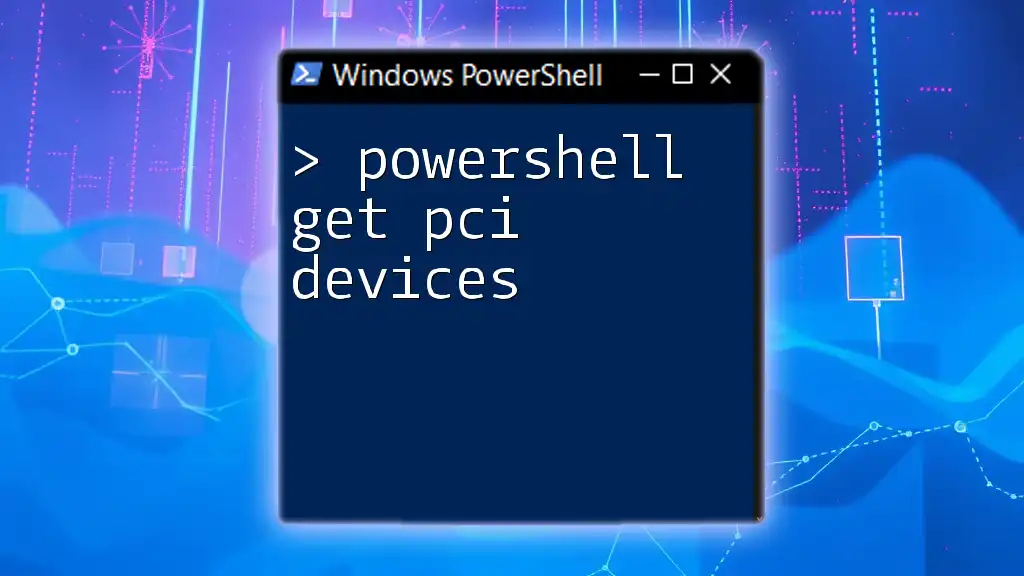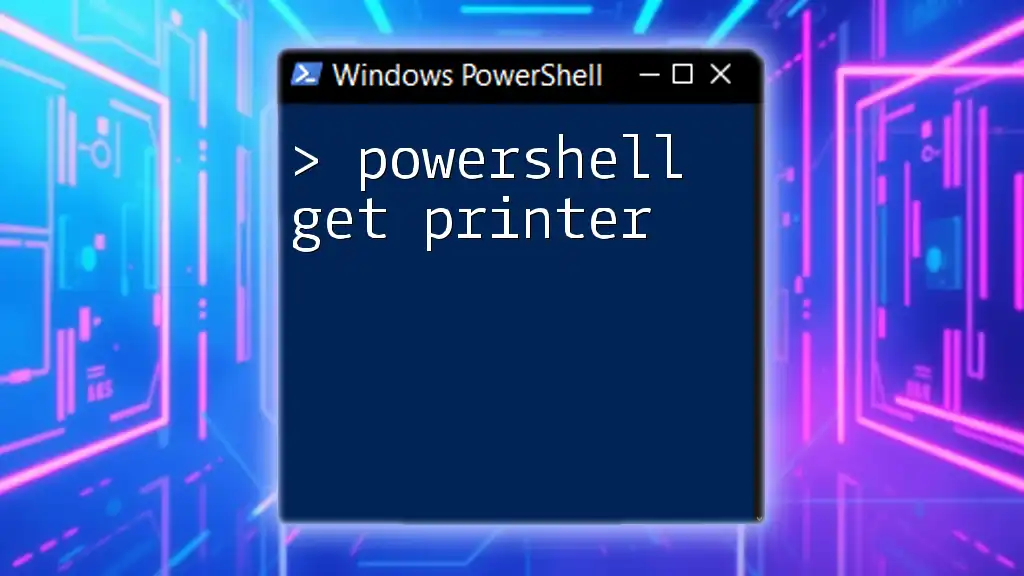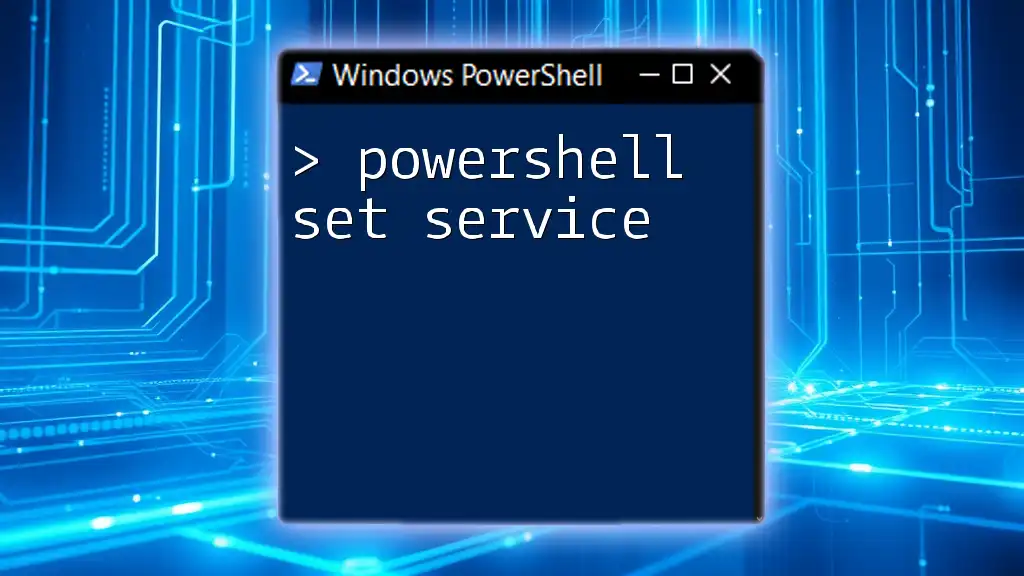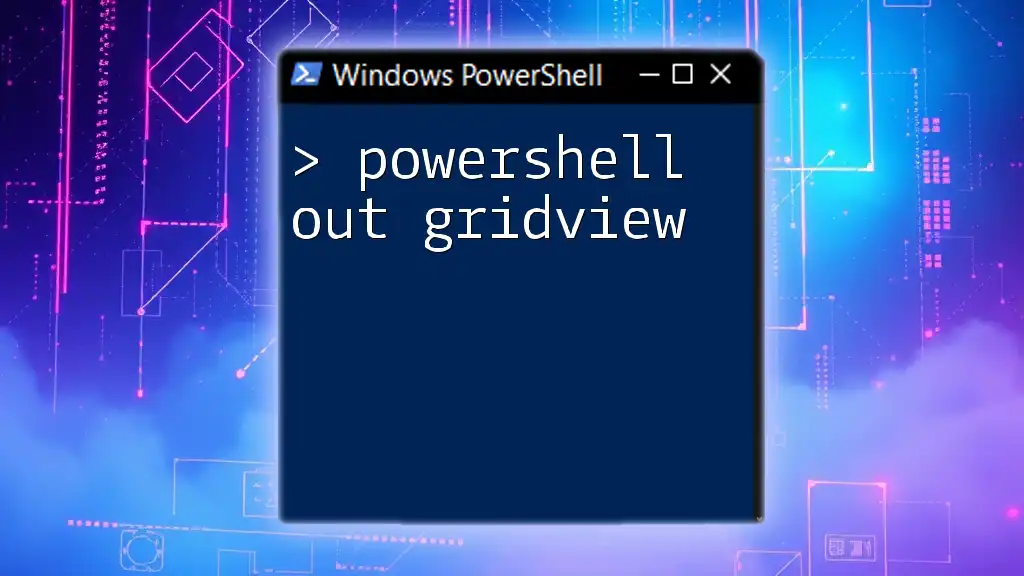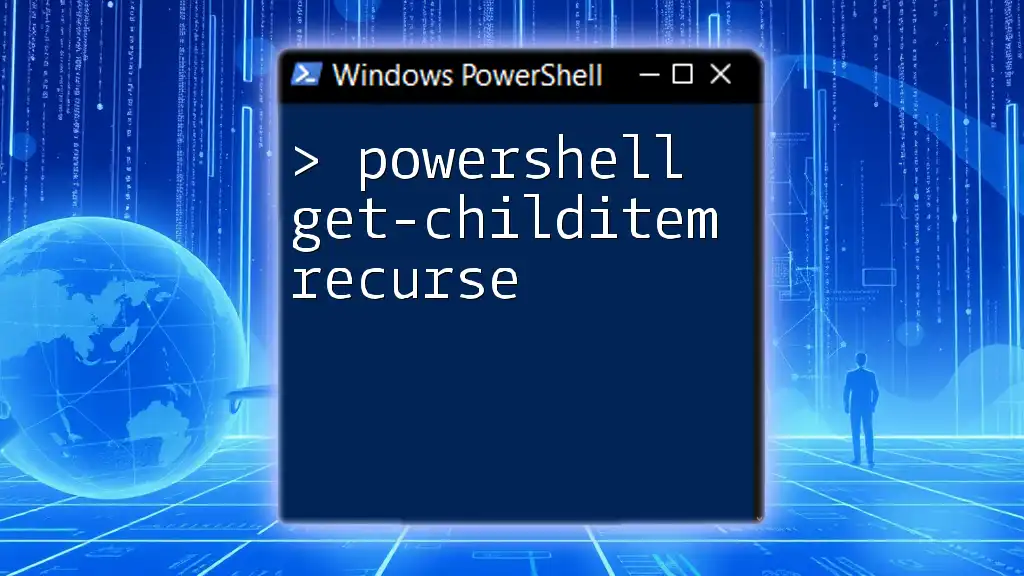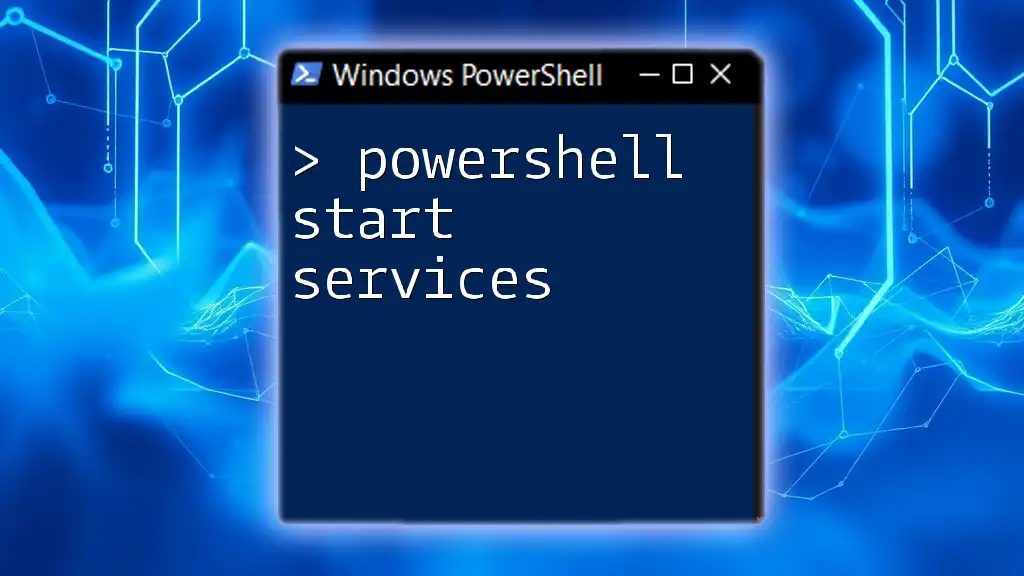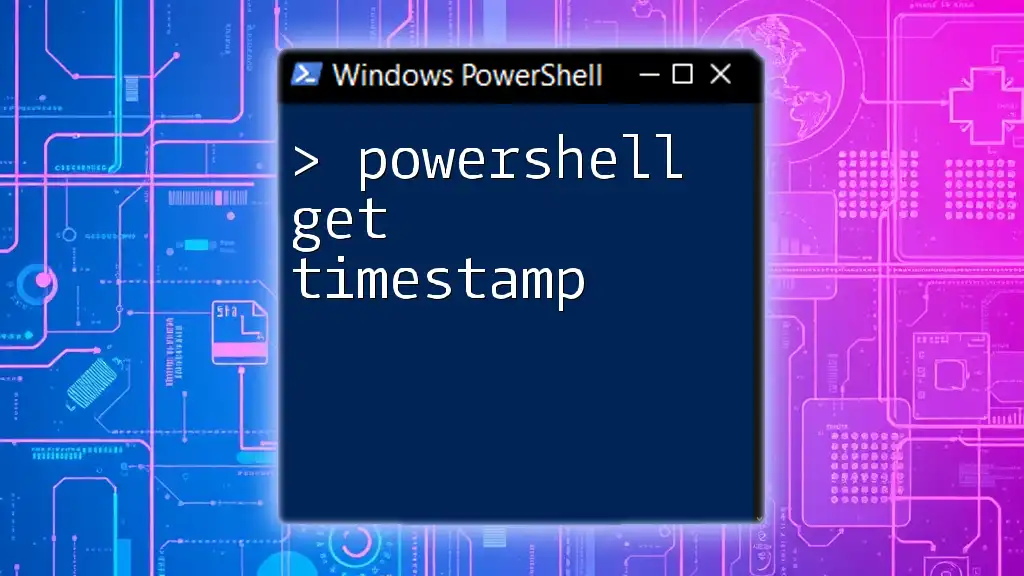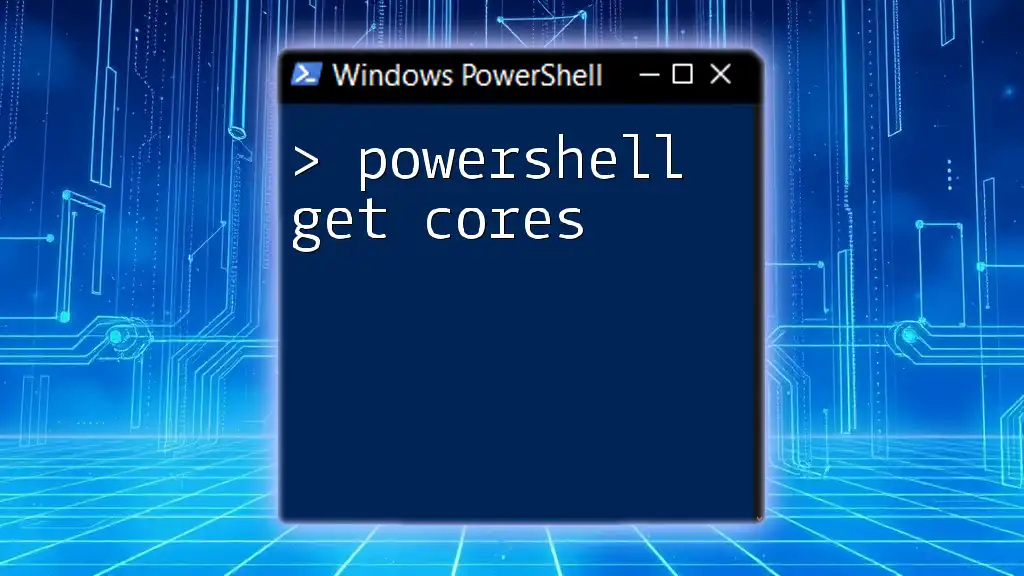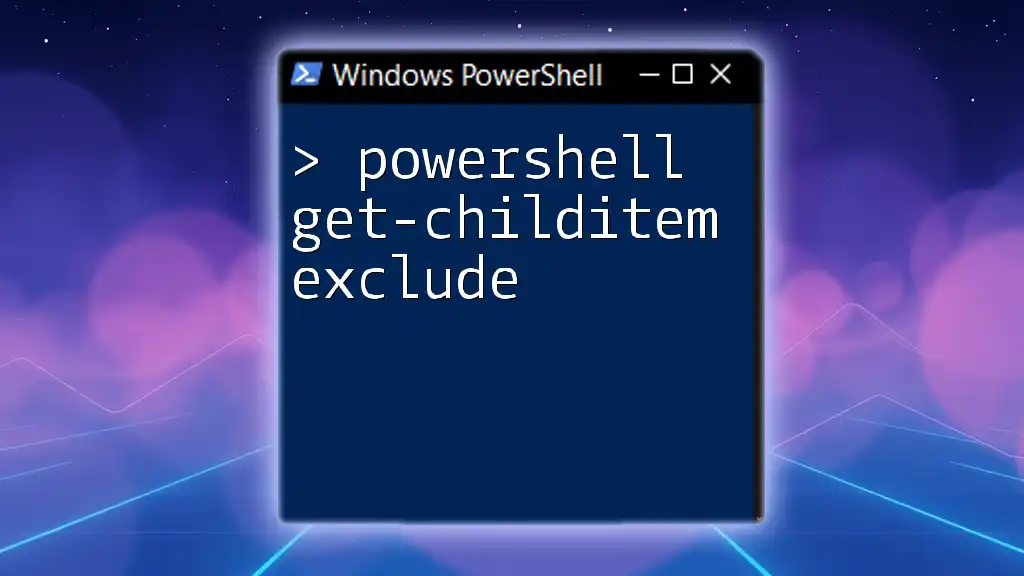To retrieve a list of PCI devices on your system using PowerShell, you can utilize the `Get-PnpDevice` cmdlet along with a filter for PCI devices.
Get-PnpDevice -Class "PCI" | Format-Table -Property DeviceID, Status, FriendlyName
Understanding PCI Devices
What are PCI Devices?
PCI (Peripheral Component Interconnect) devices are essential hardware components in modern computers that facilitate communication between the motherboard and connected peripherals. Common types of PCI devices include graphics cards, sound cards, network adapters, and storage controllers. These components play a significant role in determining a system's performance and capabilities.
Why Monitor PCI Devices?
Monitoring PCI devices is crucial for maintaining system integrity and performance. When troubleshooting issues or planning upgrades, understanding the information related to your PCI devices can help identify bottlenecks and potential conflicts. For instance, drivers must be up to date to ensure devices function optimally, which is where PowerShell comes into play.

PowerShell Basics for Beginners
Introduction to PowerShell
PowerShell is a powerful command-line tool designed for system administration and automation. It allows you to manage configurations, automate tasks, and retrieve system information using a series of cmdlets. It’s not just for experts; even beginners can leverage its capabilities to enhance productivity.
Setting Up PowerShell
To start using PowerShell on Windows, simply search for "PowerShell" in the Start menu. It's advisable to run it as an administrator for comprehensive access to system commands. You may also need to set the execution policy to allow scripts to run:
Set-ExecutionPolicy RemoteSigned
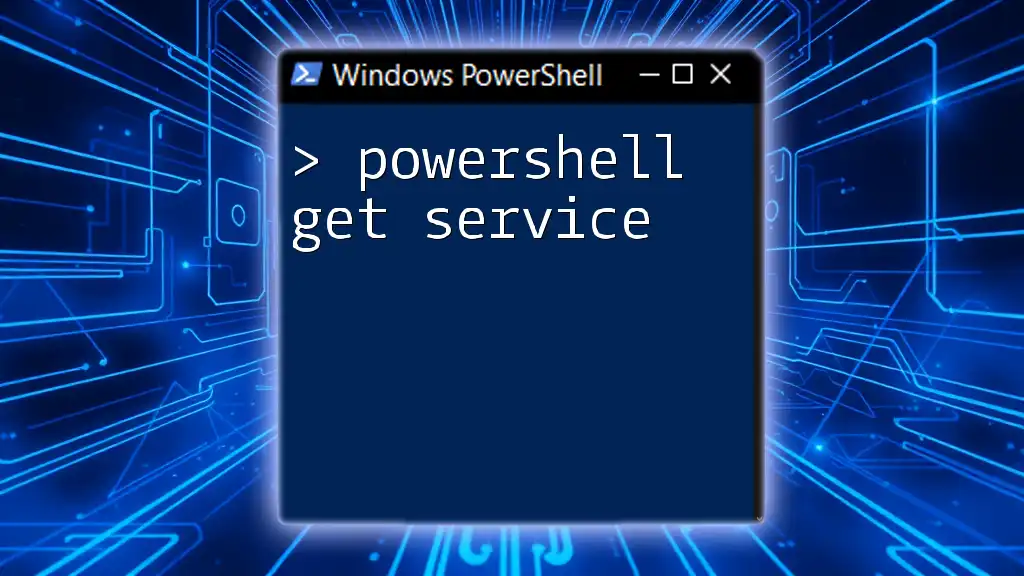
The Get-PciDevice Cmdlet
Introduction to Get-PciDevice
The `Get-PciDevice` cmdlet is a powerful tool within PowerShell that allows you to query all PCI devices connected to your system. This cmdlet gives you an overview of the hardware and allows for further management and troubleshooting.
Syntax of Get-PciDevice
The basic syntax for the `Get-PciDevice` cmdlet is straightforward:
Get-PciDevice
This command will retrieve a list of all PCI devices present on the computer.
Commonly Used Parameters
- -DeviceID: Filter devices based on the unique device identifier.
- -Class: Retrieve devices belonging to a specific class.
- -InstanceID: Get details about a particular instance of a device.
Example Usage
To get details of a specific PCI device by its Device ID, you could use:
Get-PciDevice -DeviceID "VEN_8086&DEV_3E9B"
This will return information relevant to the specified device.
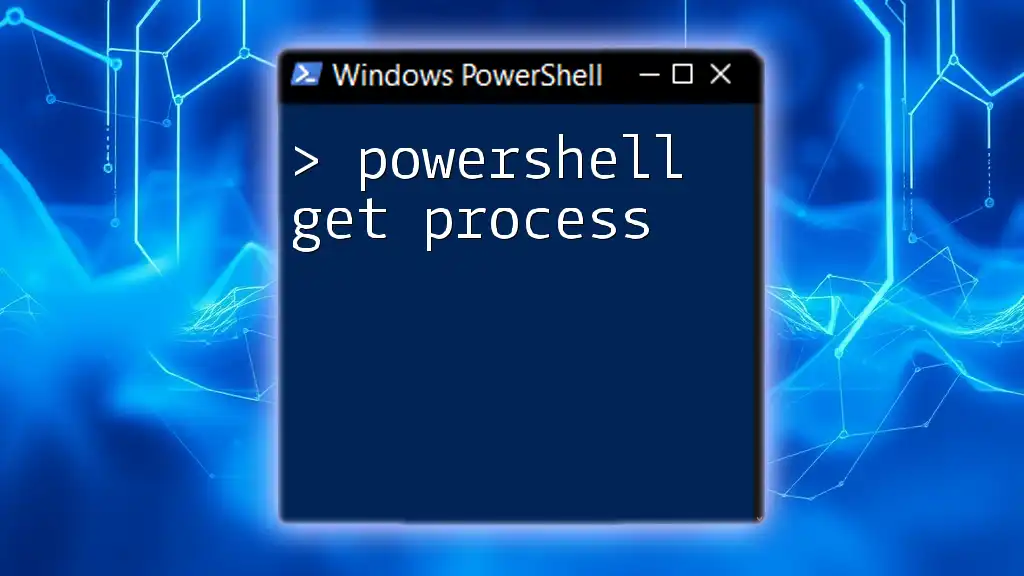
Retrieving PCI Device Information
Basic Retrieval
To list all PCI devices connected to your system, use the following command:
Get-PciDevice | Format-Table
This command formats the output into a table, making it easier to read. The table typically includes key columns such as DeviceID, Class, and Status, enabling quick assessment.
Filtering PCI Devices
If you're interested in specific types of devices, PowerShell’s filtering capability can be beneficial. For instance, to find all NVIDIA devices based on their Vendor ID:
Get-PciDevice | Where-Object { $_.DeviceID -like "VEN_10DE*" }
This command filters the devices and lists only those with Vendor ID '10DE,' which is associated with NVIDIA.
Exporting PCI Device Information
To keep a record or create reports, you can easily export the device information to a CSV file:
Get-PciDevice | Export-Csv -Path "C:\pci_devices.csv" -NoTypeInformation
This export file will contain all the relevant details about the PCI devices in a structured format, making it easy to share or analyze data further.
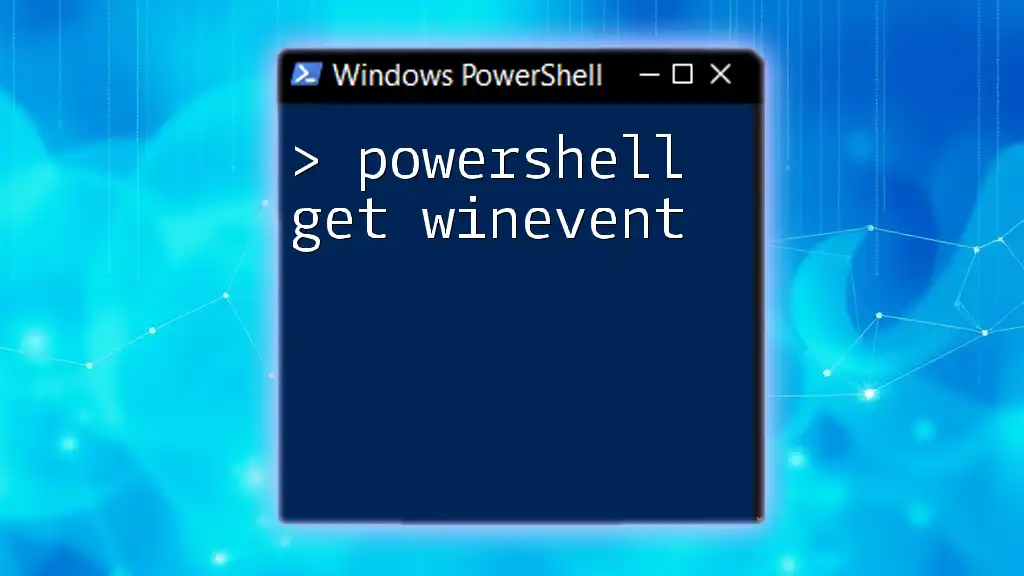
Advanced Usage of Get-PciDevice
Using PowerShell to Diagnose Issues
For troubleshooting purposes, PowerShell can assist in identifying problematic devices. For example, if you want to check the status of devices, you can use:
Get-PciDevice | Where-Object { $_.Status -eq "Error" }
This command allows you to quickly pinpoint devices that are not functioning correctly, facilitating faster resolution of issues.
Working with Other Cmdlets
Enhance your capabilities by combining `Get-PciDevice` with other cmdlets like `Get-WmiObject`. This can provide more comprehensive details on each device:
Get-PciDevice | ForEach-Object { Get-WmiObject -Query "SELECT * FROM Win32_PnPEntity WHERE DeviceID='$($_.InstanceID)'" }
This command retrieves more detailed information for each PCI device, such as drivers and configuration settings, based on the instance ID.

Best Practices
Regular Monitoring
Establish a routine for monitoring PCI devices to maintain system health. Regular checks can help catch issues before they escalate into serious problems. Automating this process with scheduled PowerShell scripts can save you time and ensure continuous oversight.
Keeping PowerShell Updated
To make the most of PowerShell’s features, ensure that you’re using the latest version. Updates may include new cmdlets and enhanced functionality, making your workflow more efficient.
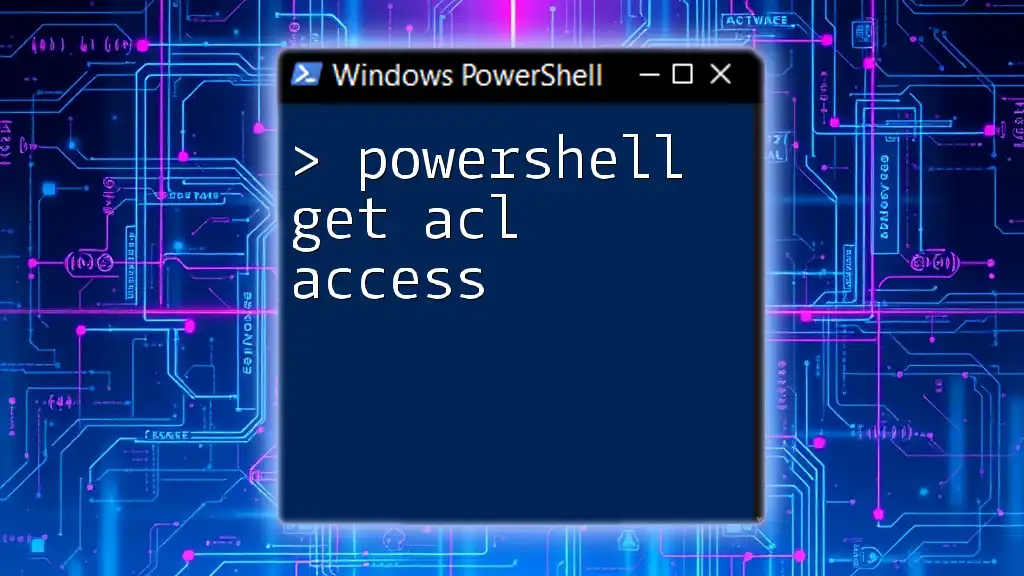
Troubleshooting Common Issues
Permissions Issues
When running `Get-PciDevice`, you might encounter permission-related errors. If you receive access violations, always make sure you are running PowerShell with administrative privileges.
Command Errors
Sometimes, commands may fail due to syntax errors. Common mistakes include typos or incorrect parameters. Double-check your commands, and remember that help is available:
Get-Help Get-PciDevice -Detailed
This command provides detailed documentation directly from the command line, assisting in troubleshooting.
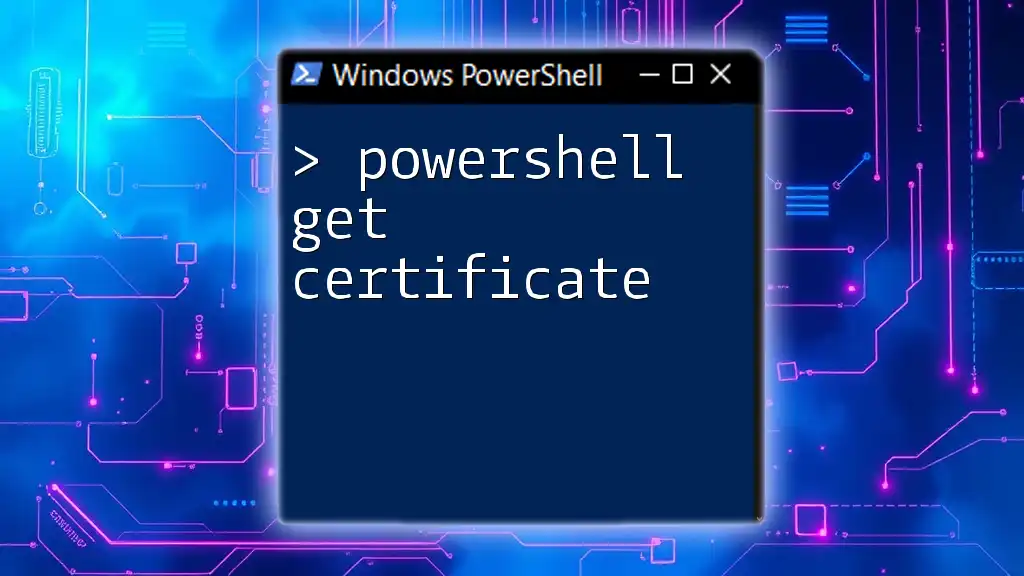
Conclusion
Monitoring PCI devices using PowerShell is an invaluable practice for system administrators and IT professionals. The `Get-PciDevice` cmdlet streamlines the process of retrieving essential hardware information, aiding in troubleshooting and enhancing system performance.
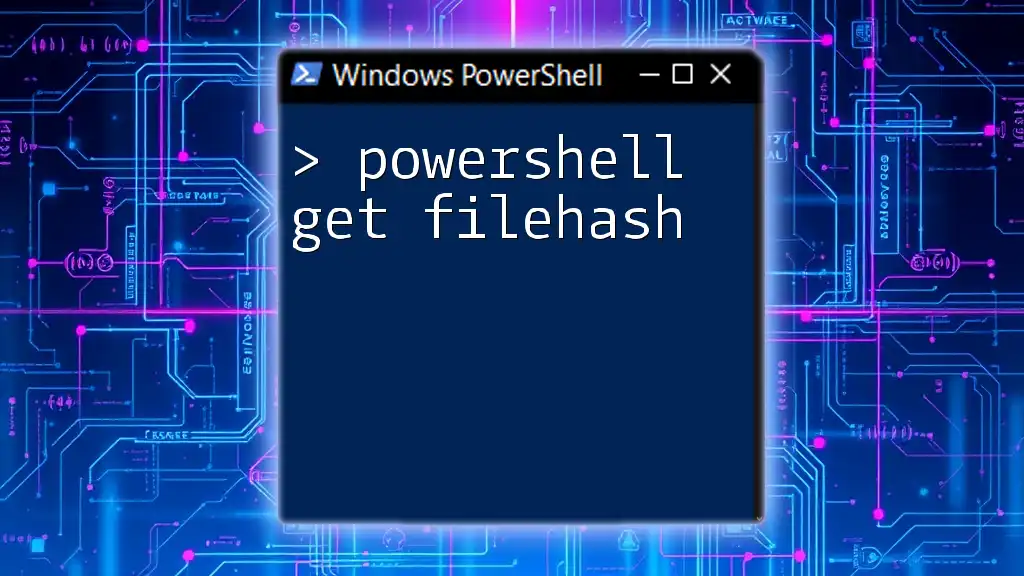
Additional Resources
For further exploration, consult official PowerShell and Windows documentation. Engaging with the community through forums and online classes can also deepen your understanding of PowerShell and its applications in managing PCI devices effectively.

